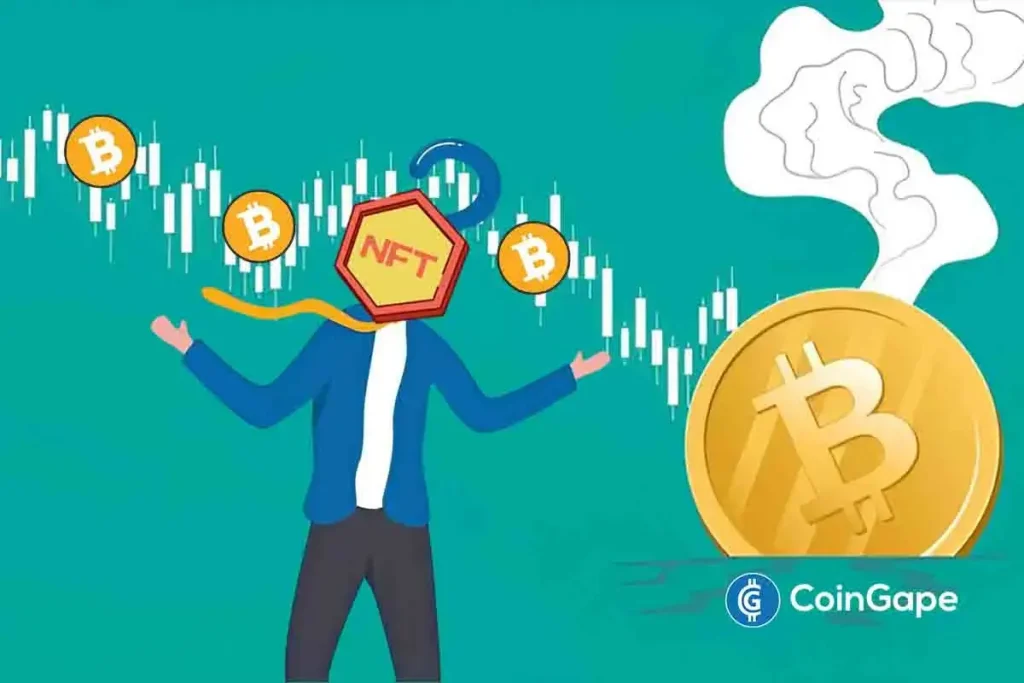The Impact of NFT Market Volatility: A Case Study of CryptoPunk 3100
In the turbulent world of cryptocurrency, volatility is often a trader’s enemy, leading to significant financial losses. A recent incident has highlighted just how harsh this volatility can be, particularly within the realm of Non-Fungible Tokens (NFTs). A crypto trader, whose identity remains anonymous, has become the latest victim of market fluctuations, suffering a staggering loss of almost $10 million—more specifically, $9.73 million. This tragic scenario emphasizes the risks involved in both crypto investments and NFT trading, reflecting the current turbulent environment of the digital asset landscape.
The Case of CryptoPunk 3100
The trader’s heart-wrenching loss stems from their investment in CryptoPunk 3100, a well-known NFT that was once considered remarkably valuable. Approximately a year ago, this NFT was valued at $15.79 million, equivalent to 4,500 ETH at the time of purchase, as reported by Lookonchain. However, the NFT’s worth has dramatically plummeted, leading the trader to sell it for a mere 500 ETH. The direct loss from this sale is calculated at $774,000; however, the ramifications have extended further due to the significant decline in Ethereum’s value during that period. To understand this better, we must look at the impact of Ethereum’s price decrease on the overall transaction.
Ethereum’s Price Fall and Its Consequential Effects
When the trader purchased CryptoPunk 3100, Ethereum was valued at approximately $3,509. Fast forward to the sale, and the same Ethereum token had experienced an astonishing decline of over 57%. Consequently, this price drop translates the trader’s loss into a financial blow totaling nearly $9.73 million, showcasing the massive risk investors take when engaging in both cryptocurrencies and NFTs, which are intertwined yet distinctly vulnerable to market fluctuations. This case underscores the essential nature of thorough research and understanding the market’s dynamics before making high-stakes investments in NFTs.
The Broader Impact on Ethereum Investors
With Ethereum being a cornerstone of the NFT market, the difficulties faced by this trader are far from isolated. The price of Ethereum has declined remarkably by around 55% over the past year, with a staggering 68% drop from its peak nearly three years ago. This situation has left many Ethereum holders in dire straits, resulting in a large percentage of investors finding themselves "underwater." A recent post from Coin Bureau’s CEO revealed that profitability divergence and other factors have plunged many Ethereum investors into losses, highlighting the severity of the ongoing crypto downturn.
Analysis of Market Trends and Future Outlook
The challenges wrought by Ethereum’s decline are compounded by various external factors, including rampant speculation and shifts in trading sentiment. The recent deterioration in global economic conditions, especially due to tensions such as the escalating US-China trade war, has added another layer of uncertainty to the crypto environment. While analysts suggest that the rise in global liquidity could eventually stabilize these fluctuations, immediate circumstances hint at further losses for traders and investors alike. The ability of cryptocurrency and NFT markets to rebound will depend on various aspects, including regulatory responses, technological advancements, and market sentiment.
Conclusion: Lessons for NFT and Crypto Traders
The CryptoPunk 3100 incident serves as a stark reminder of the inherent risks within the NFT segment of the cryptocurrency market. Far from being a safe haven, the NFT arena is riddled with volatility that can lead to significant losses if market conditions shift suddenly. As the trader’s experience illustrates, anyone diving into these investments must conduct diligent research and maintain a clear understanding of market dynamics. As the industry evolves, staying informed and cautious will be crucial for anyone looking to navigate the enticing yet perilous waters of NFTs and cryptocurrencies. As experts and enthusiasts continue to analyze these trends, it is vital for investors to remain vigilant to minimize potential losses in this constantly changing environment.


